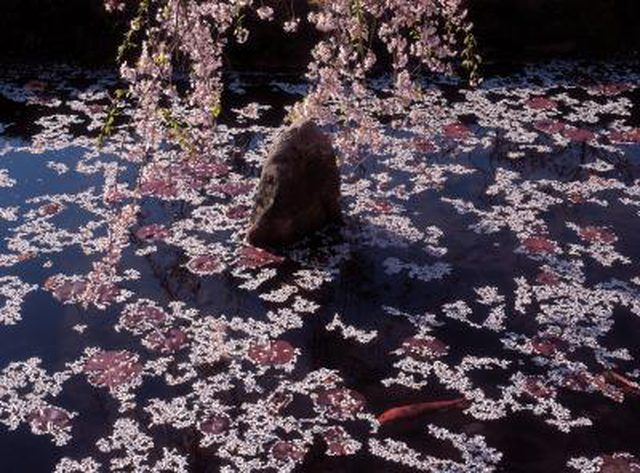Bulbs
Flower Basics
Flower Beds & Specialty Gardens
Flower Garden
Garden Furniture
Garden Gnomes
Garden Seeds
Garden Sheds
Garden Statues
Garden Tools & Supplies
Gardening Basics
Green & Organic
Groundcovers & Vines
Growing Annuals
Growing Basil
Growing Beans
Growing Berries
Growing Blueberries
Growing Cactus
Growing Corn
Growing Cotton
Growing Edibles
Growing Flowers
Growing Garlic
Growing Grapes
Growing Grass
Growing Herbs
Growing Jasmine
Growing Mint
Growing Mushrooms
Orchids
Growing Peanuts
Growing Perennials
Growing Plants
Growing Rosemary
Growing Roses
Growing Strawberries
Growing Sunflowers
Growing Thyme
Growing Tomatoes
Growing Tulips
Growing Vegetables
Herb Basics
Herb Garden
Indoor Growing
Landscaping Basics
Landscaping Patios
Landscaping Plants
Landscaping Shrubs
Landscaping Trees
Landscaping Walks & Pathways
Lawn Basics
Lawn Maintenance
Lawn Mowers
Lawn Ornaments
Lawn Planting
Lawn Tools
Outdoor Growing
Overall Landscape Planning
Pests, Weeds & Problems
Plant Basics
Rock Garden
Rose Garden
Shrubs
Soil
Specialty Gardens
Trees
Vegetable Garden
Yard Maintenance
Diseases & Bugs of Flowering Purple Sand Cherry Trees
Diseases & Bugs of Flowering Purple Sand Cherry Trees. Flowering purple sand cherry trees (prunus x cistena) are deciduous shrubs or small trees belonging to the rose family (Rosaceae). Winter hardy in USDA zones 2 to 8, this cherry tree has low vigor and is highly susceptible to plant diseases and bug infestations.

Flowering purple sand cherry trees (prunus x cistena) are deciduous shrubs or small trees belonging to the rose family (Rosaceae). Winter hardy in USDA zones 2 to 8, this cherry tree has low vigor and is highly susceptible to plant diseases and bug infestations.
Diseases
Flowering purple sand cherry trees are highly susceptible to powdery mildew, verticillium wilt and fire blight diseases.
Effects
Verticillium wilt causes the leaves to yellow, wilt and die, while fire blight turns the cherry blossoms black or brown in color. Powdery mildew causes a grayish-white coating to form on the leaves.
Pests
The flowering purple sand cherry tree frequently attracts Japanese beetles, aphids and caterpillars. Spider mites and scale occasionally attack these trees.
Results
These pests do significant damage to the red-purple foliage, cherry blossoms and the inedible, purple fruit.
Significance
The flowering purple sand cherry tree typically has a short life span because of its susceptibility to diseases and bug problems. Many of these trees decline after only 10 years.
Uses
Flowering purple sand cherry trees are often planted as screens, hedges and borders. The red-purple foliage makes this cherry cultivar an attractive foundation or accent tree.